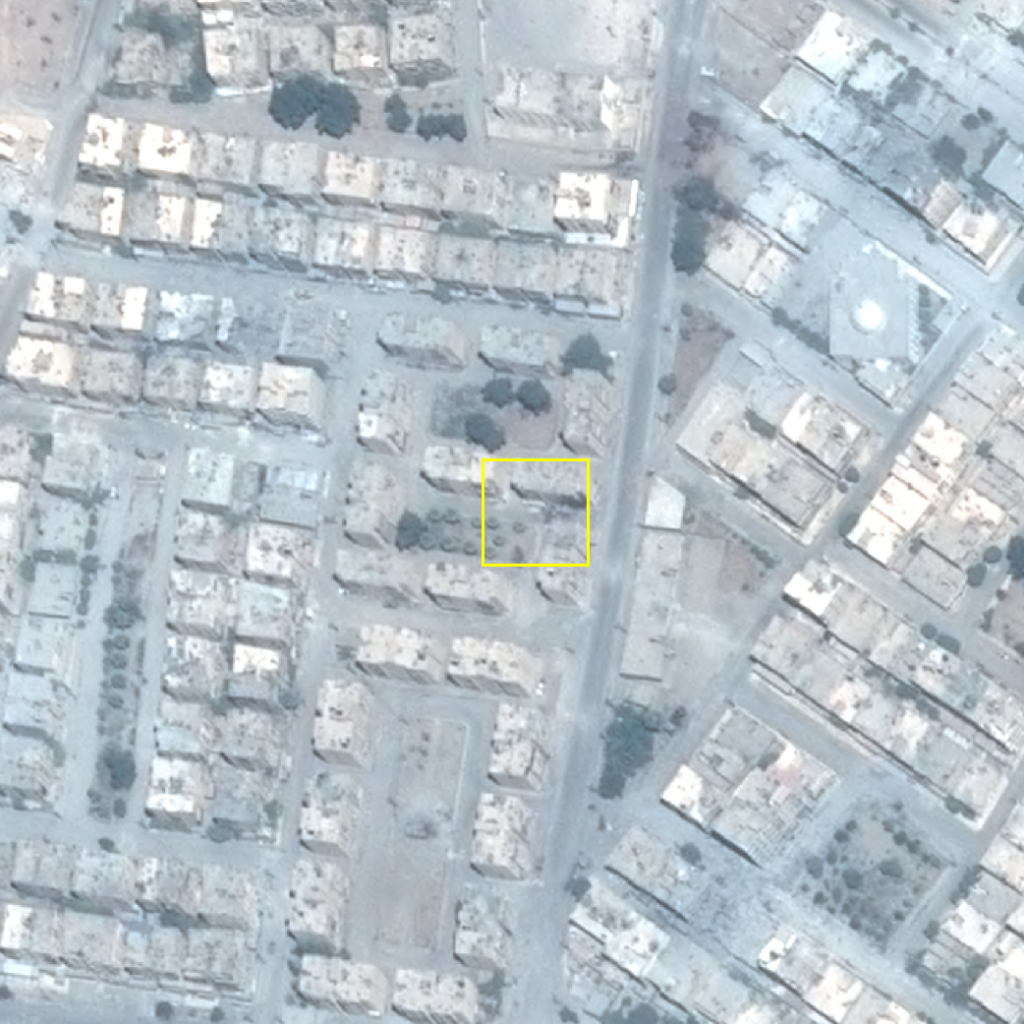Incident Code
Incident Date
Location
Geolocation
Geolocation
Airwars Assessment
(Previous Incident Code: S921)
At least ten civilians – with many from one family, including women and children – were killed in an alleged Coalition airstrike near the Al Rayan Bakery in the Amn al Dawla neighbourhood of Raqqa, local monitors reported.
Photos of a number of those killed in the alleged airstrike were also provided. Both sources alleged that the Coalition was responsible.
Q_Alenzy reported that two displaced families died as a result of a Coalition strike. It named the families as “the family of Mustafa Al-Azawi and his children, displaced from Deir Ezzor” and “the Duehi family, displaced from Deir Ezzor”. The source said that they died when warplanes allegedly shelled their flats which were near the bakery. The victims of the Duehi family have been located to a differnt incident following detailed field research by Amnesty. Their names are located in CS1054b.
Raqqa is Being Slaughtered Silently reported that a family of ten, including several women and children, went missing after the strike, however, their “fate is unclear”.
Following on from this, Amnesty conducted field research which reported “The strike occurred on “26 Ramadan” (21 June 2017) at 6pm. Five people were killed in the first strike. The second strike shortly afterwards killed those that came to help.” This detail explains the mystery surrounding RBSS’s report.
The Amnesty and Airwars’s joint April 2019 report “War in Raqqa: Rhetoric versus Reality” reported “Seven members of the Mirbid family and three neighbours were killed in an air strike by the entrance of the Mirbid family home. The family had fled their home after an air strike destroyed a nearby building. After safely evacuating the women and children the men returned to the family home to collect some belongings and were struck by the entrance of the house.”
The field notes added that “The first building in the area to be hit was the building behind the Mirbid house, which contained the Duehi family. When this happened, the Mirbid family ran to two house’s around the corner. The men sheltered in one house; the women in another. Then two strikes were carried out on the house containing the men.”
To sum up, “seven members of the Mirbid family and three neighbours were killed in an air strike by the entrance of the Mirbid family home. The family had fled their home after an air strike destroyed a nearby building. After safely evacuating the women and children the men returned to the family home to collect some belongings and were struck by the entrance of the house.”
Additionally, it was reported hat the only survivor of these two strikes was Rabia Obeid al Mirbid, aged 36.
A relative, Isra’, told Amnesty in a testimony that “After the neighbours’ house was bombed we fled our home. Then my father, my brothers, my uncles and my cousin went back home to collect some belongings and the neighbours helped them. As they did so they were bombed.”
Despite the meticulous and extensive testimony gathered by Amnesty, the Coalition cleared itself of having caused civilian harm 30 months later.
In its monthly civilian casualty report for October 2019 – published on December 5th of the same year – the US-led Coalition assessed this event as ‘non credible’, noting: “June 21, 2017, in Raqqah, Syria, via Airwars report. After a review of all available records it was determined that, more likely than not, civilian casualties did not occur as a result of a Coalition action. 2515/S921 37SEV017777”.
The Coalition published a location for the assessment identifying to within 100 metres the area where it had focused its review.
In their monthly civilian casualty reports, however, the US-led Coalition has indicated that the credibility of Amnesty’s civilian harm allegation is in the process of being assessed.
Victims
Family members (10)




